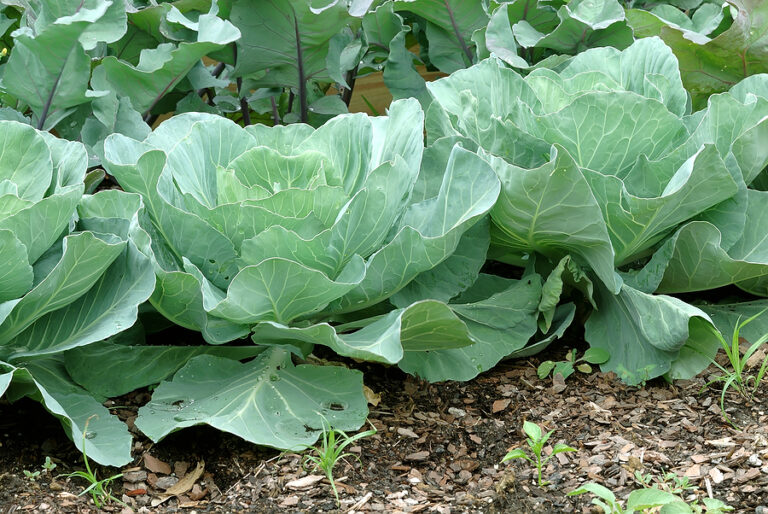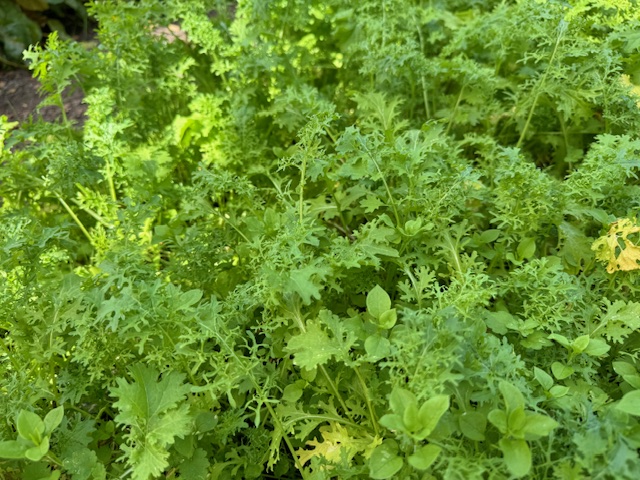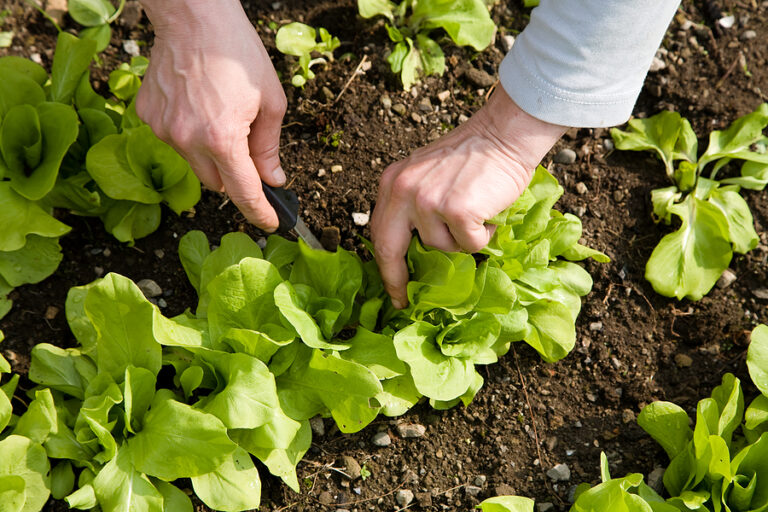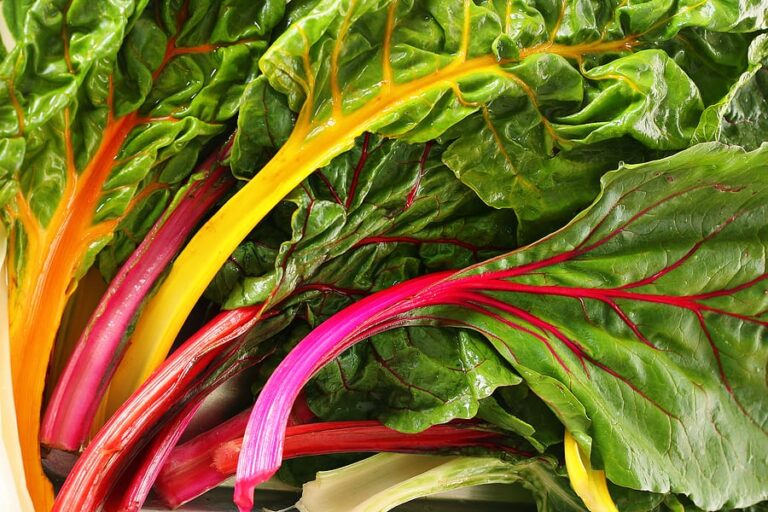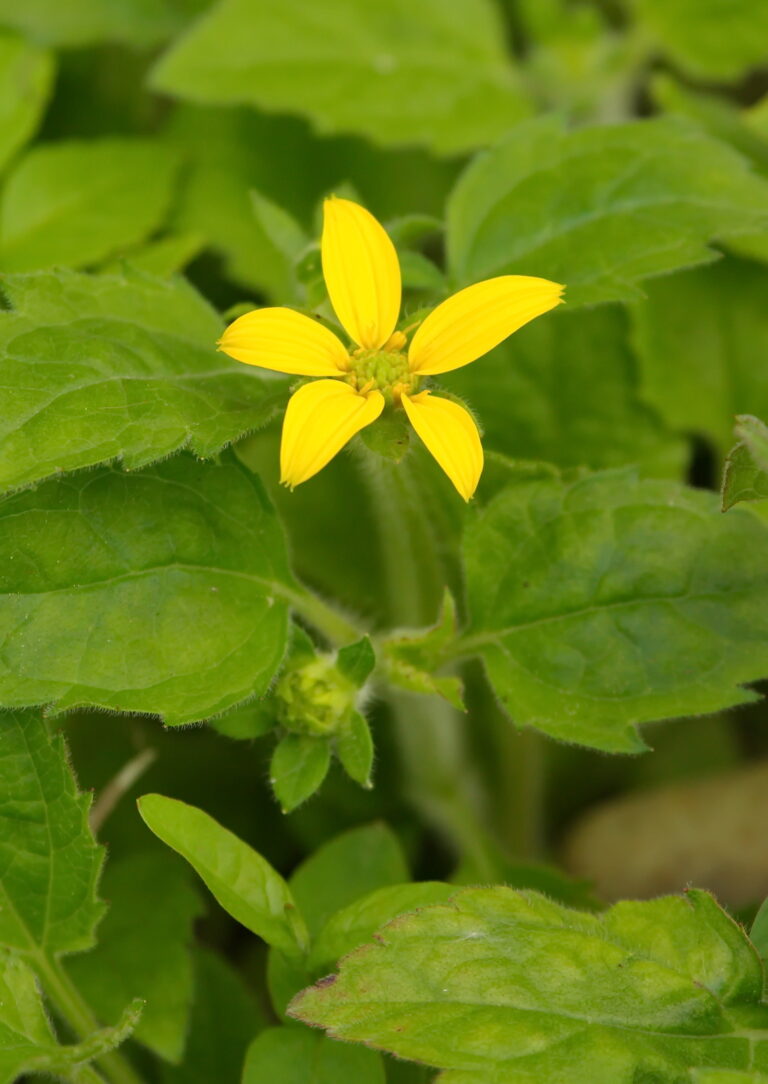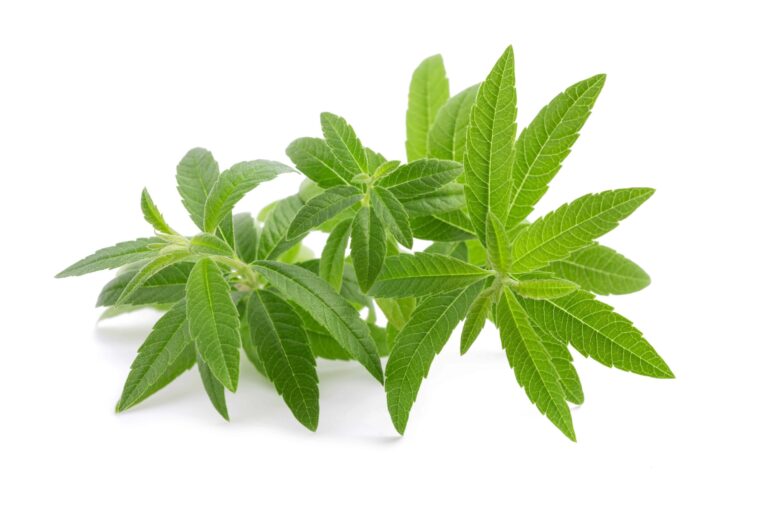How to Plant, Grow, and Harvest Malabar Spinach
Malabar spinach is a warm-season leafy crop that can be used as a hot-weather substitute for spinach and lettuce. You can follow an early spring crop of spinach or lettuce with a planting of Malabar spinach.
Malabar spinach is a vining plant with thick, succulent, edible leaves. It is often compared to spinach, but it does not taste like spinach. It has a raw, succulent flavor and its texture tends to be mucilaginous like okra. It can be added to a tossed salad raw with other greens or it can be steamed. Prepare Malabar spinach in the same way as spinach or Swiss chard.
Malabar spinach can be harvested cut-and-come-again, meaning pick leaves as you need them; the plant will produce new leaves. The yield can be increased by pinching back growing tips to encourage branching, which increases the number of harvestable leaves.
Malabar spinach thrives in hot, humid climates. Plant it after the last frost when temperatures are consistently above 60°F (16°C). Start seeds indoors 6 to 8 weeks before the last frost or sow them directly in the garden once the soil has warmed. Soak seeds overnight to speed up germination, and plant them ¼ inch deep in well-drained soil with full sun to partial shade. Space plants about 12 to 18 inches apart and provide a trellis for support as it grows. Regular watering is essential, and Malabar spinach will produce vigorously throughout the summer.
Malabar spinach planting time
- Sow Malabar spinach directly in the garden at least 1 week after the last frost in spring. The soil should be warm. Seeds take about 21 days to germinate. Soak the seeds in tepid water overnight to speed germination.
- To get a head start on the season, especially in cool climates, sow seeds indoors 8 to 10 weeks before setting out. Set transplants in the garden after the last frost. Rooted stem cuttings can also be used to start plants in the garden.
- Malabar spinach is a tropical perennial that is grown as an annual in temperate zones. It is very sensitive to cold and cannot tolerate frost. It should be brought indoors if cold weather is forecast.
- Malabar spinach is sensitive to the photoperiod, or amount of daylight or darkness it receives. Good leaf growth comes during short days; if the plant gets too much daylight it will begin to flower and leaf quality will decline. Plant Malabar spinach as early in spring as temperatures allow so that leaves can be harvested before days grow long.
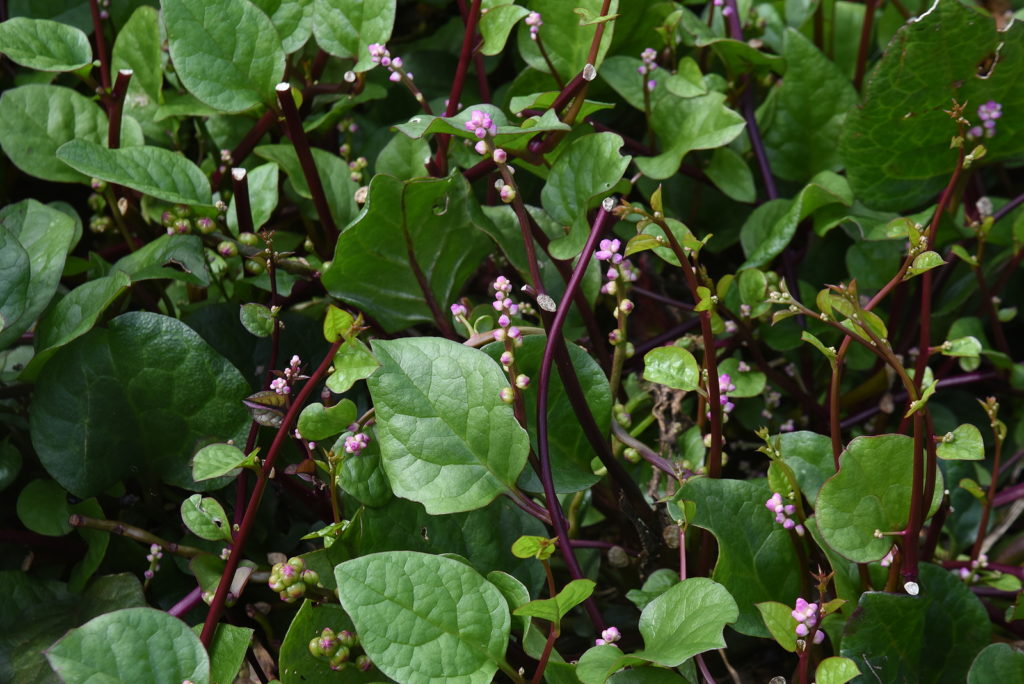
Where to plant Malabar spinach
- Plant Malabar spinach in humus-rich soil that is well-drained but retains moisture. Add aged compost or aged manure to the planting area to ensure the soil is nutrient rich. Add ½ cup of phosphorus fertilizer such as phosphate rock and ½ cup of potassium fertilizer such as greensand to the planting area before planting.
- A pH range of 6.0 to 6.7 is best. Give Malabar spinach a trellis or other vertical support at least 3 feet tall for vines to climb.
- Warm the soil with plastic before direct seeding Malabar spinach.
Planting and spacing Malabar spinach
- Sow Malabar spinach seeds 1 inch (2.5cm) deep. Space plants 12 inches (30cm) apart.
- The soil should be warm at planting time. Pre-warm the soil by covering it will plastic for a week or two before planting
- Malabar spinach seeds take about 21 days to germinate. Soak the seeds in tepid water overnight to speed germination.
- Keep the soil evenly moist until sprouts appear.
- Cool nights or average temperatures below 60°F (15.6°) will keep seeds from germinating.
- Thin seedlings to 12 inches (30cm) apart and provide vertical support for young plants.
Container growing Malabar spinach
- Grow Malabar spinach in a 7-to-10-gallon pot. Use a commercial potting mix or mix equal parts rich compost, well-rotted manure, and friable garden soil. Add a bit of blood meal and phosphate rock to the mix. Make sure the container is well-drained.
Water, feeding, care of Malabar spinach
- Keep the soil evenly moist for Malabar spinach. Mulching is the most effective way to keep the plant’s roots moist.
- Fertilize plants with a slow-release all-purpose organic fertilizer.
- After Malabar spinach is 3 months old, it is best to harvest or remove a few leaves every week, even if they are not used. This will stimulate the plant to produce new leaves.
- Lengthening days can cause Malabar spinach to flower. If the plant flowers, the leaf quality and flavor will decline. Set out new plants and harvest leaves before flowering.
Malabar spinach pests and diseases
- Malabar spinach is generally pest and disease free in temperate zones.
- A fungus called Cercospora beticola can sometimes cause red spots and holes on leaves. Diseased leaves should be removed and destroyed.
Harvest and storing Malabar spinach
- Malabar spinach matures in about 70 days.
- Harvest individual leaves as soon as the plant becomes established and begins to branch.
- Pick tender, young leaves as you need them. Picking just the leaves you need will stimulate the plant to produce new leaves and your harvest can continue until the first frost.
Preparing and serving Malabar spinach
- Malabar spinach leaves can be added to a tossed salad raw with other greens or it can be steamed. Prepare Malabar spinach in the same way as spinach or Swiss chard.
- Malabar spinach is nutrient-rich; it contains significant amounts of protein, calcium, and iron. It has large amounts of vitamin A, some vitamin C, and vitamin B.
About Malabar spinach
- Botanical name: Basella alba and B. alba ‘Rubra’
- Common names: Malabar spinach is also known as Ceylon spinach, climbing spinach, and Malabar nightshade
- Origin: Indian subcontinent, Southeast Asia and New Guinea
- Malabar or Malabar Coast is a name applied to the southern part of India’s western coast, approximately from the state of Goa southward, which is bordered on the east by the Western Ghats range. The name has sometimes encompassed the entire western coast of peninsular India.
Spinach Growing Hub
🌱 Start here: The Ultimate Spinach Growing Guide: From Seed to Harvest
🌿 Planting & Seasonal Growing
- Spinach Seed Starting Tips
- When to Plant Spinach for Spring, Fall, and Winter Gardens
- Zone-specific planting dates and tips for cool-season success.
- How to Grow Spinach as a Winter Crop: Tips for Cold Hardy Gardening
- Covers frost protection, cold frames, and season extension methods.
- Succession Planting Spinach for a Continuous Harvest
- How to space and time planting for steady fresh leaves.
- Container Growing Spinach: Best Practices for Small Spaces
- Soil, container size, watering, and feeding tips.
- Hot Weather Spinach Alternatives: Best Greens When Spinach Bolts
- List of spinach substitutes like Malabar spinach, New Zealand spinach, and more.
💧 Care & Maintenance
- How to Water Spinach Properly to Prevent Bolting and Leaf Damage
- Avoiding over- and under-watering issues.
- Feeding Spinach for Lush Leaf Growth: Fertilizer and Soil Tips
- Organic and mineral feeding strategies.
🐛 Pests & Diseases
- Common Spinach Pests and Diseases and Natural Control Methods
- Aphids, leaf miners, slugs, and flea beetles.
🧺 Harvest & Storage
- How and When to Harvest Spinach for the Best Flavor and Nutrition
- Cut-and-come-again technique, harvesting baby leaves vs mature.
- How to Harvest and Store and Spinach
- Step-by-step harvest and preservation methods.
🍽️ Spinach in the Kitchen
- Six Ways to Cook and Serve Spinach
- Fresh salads, sautés, smoothies, and more.
🌱 Varieties & Seed Saving
- Best Spinach Varieties to Grow for Flavor, Heat Tolerance, and Quick Growth
- Compare smooth leaf vs savoy vs semi-savoy types.
- How to Plant, Grow, and Harvest New Zealand Spinach
- Grow this warm weather alternative to regular spinach.
- How to Plant, Grow, and Harvest Malabar Spinach
- Here’s another warm weather alternative to regular spinach.
Spinach articles on Harvest to Table:
How to Harvest and Store Spinach
Spinach Growing Problems: Troubleshooting
Six Ways to Cook and Serve Spinach


